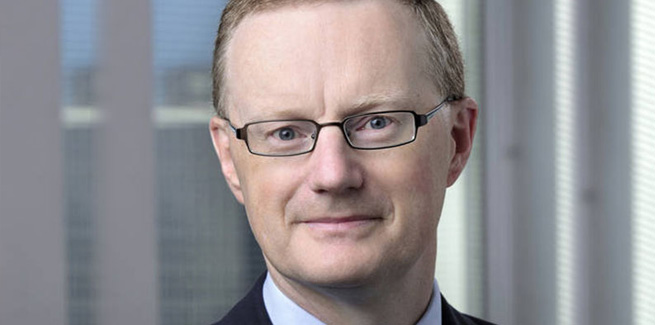In an address to the Australian Business Economists Dinner, governor of the Reserve Bank of Australia (RBA) Philip Lowe has insisted that there is “no need” for the central bank to employ unconventional monetary policy measures while “things are operating normally”.
Mr Lowe assessed the utility of unconventional tools touted as alternatives to cuts to the cash rate, which include, among other measures, moves towards negative interest rates or quantitative easing (QE).
Negative interest rates
Reflecting on the utility of negative interest rates in the Australian context, Mr Lowe said that such a move would be “extraordinarily unlikely”.
The governor stressed that Australia “is not in the same situation” that was faced by Europe and Japan, where rates remain in negative territory.
“Our growth prospects are stronger, our banking system is in much better shape, our demographic profile is better, and we have not had a period of deflation,” he said.
“We are in a much stronger position.”
Mr Lowe flagged risks associated with negative interest rates that could curtail plans to stimulate the economy.
“[Having] examined the international evidence, it is not clear that the experience with negative interest rates has been a success,” he continued.
“While negative rates have put downward pressure on exchange rates and long-term bond yields, they have come with other effects, too.
“It has become increasingly apparent that negative rates create strains in parts of the banking system that can impair the ability of some banks to provide credit. Negative interest rates also create problems for pension funds that need to fund long-term liabilities.”
The governor said that negative interest rates could also encourage households to save more and spend less, particularly if they are concerned about the possibility of lower income in retirement, and by extension, dampen confidence in the general economy by leading to a situation where lower rates become “contractionary rather than expansionary” (reversal rate).
However, Mr Lowe said he is confident that the RBA’s conventional monetary policy strategy, which has prompted three cuts to the cash rate over the past six months, would not dampen confidence in the same way.
“While we take the possibility of a reversal rate seriously, I am confident that here, in Australia, we are still a fair way from it,” he said.
“Conventional monetary policy is still working in Australia, and we see the evidence of this in the exchange rate, in asset prices and in the boost to aggregate household disposable income.”
Quantitative easing
Mr Lowe also addressed mounting speculation of a move to QE – an increase to the money supply through the purchase of assets from the private sector.
The governor claimed that the RBA has “no appetite” to undertake a QE program, stressing that there is “no sign of dysfunction” in capital markets that would warrant the application of QE.
Mr Lowe added that the purchase of private assets by the central bank, financed through money creation, would “represent a significant intervention by a public sector entity into private markets”.
“It comes with a whole range of complicated governance issues and would insert the Reserve Bank very directly into decisions about resource allocation in the economy,” he said.
“While there are some scenarios where such intervention might be considered, those scenarios are not on our radar screen.”
According to Mr Lowe, the central bank would only consider QE if the cash rate falls to 0.25 per cent and there is an “accumulation of evidence” that it is unlikely to achieve its objectives of both full employment and inflation.
The RBA governor said he does not expect the threshold for undertaking QE in Australia to be reached “in the near future”.
“In my view, there is not a smooth continuum running from interest rate reductions to quantitative easing,” he said.
“It is a bigger step to engage in money-financed asset purchases by the central bank than it is to cut interest rates.”
However, some analysts, including AMP Capital chief economist Shane Oliver, are expecting the cash rate to hit 0.25 per cent in the coming months, following cuts in both December and January.
Despite this, Mr Lowe said the RBA is confident that it is on track to achieve its targets off the back of conventional monetary policy tools.
“The central scenario for the Australian economy remains for economic growth to pick up from here, to reach around 3 per cent in 2021. This pick-up in growth should see a reduction in the unemployment rate and a lift in inflation,” he said.
“We are expecting things to be moving in the right direction, although only gradually.”
Mr Lower concluded: “The board continues to discuss what role it can play in ensuring that this progress takes place and how it might be accelerated.
“It recognises the benefits that would come from faster progress, but it also recognises the limitations of monetary policy and the importance of keeping a medium-term perspective squarely focused on maximising the economic welfare of the people of Australia.
“There may come a point where QE could help promote our collective welfare, but we are not at that point and I don’t expect us to get there.”
[Related: RBA still open to more cuts despite growing scrutiny]
 ;
;
